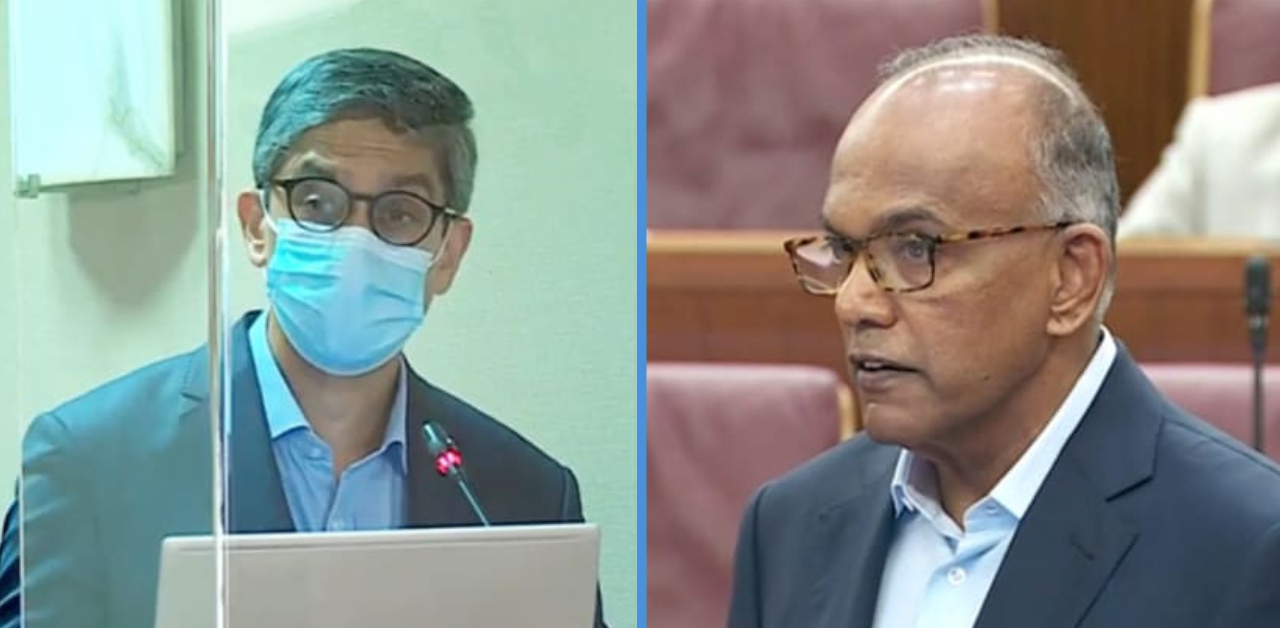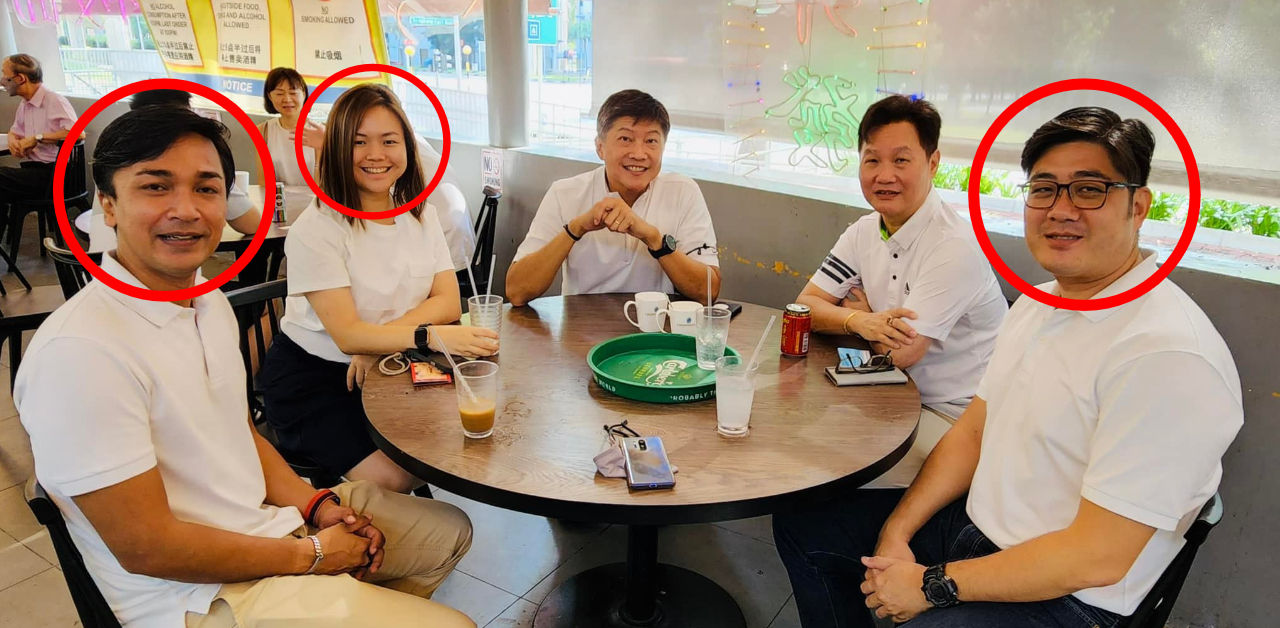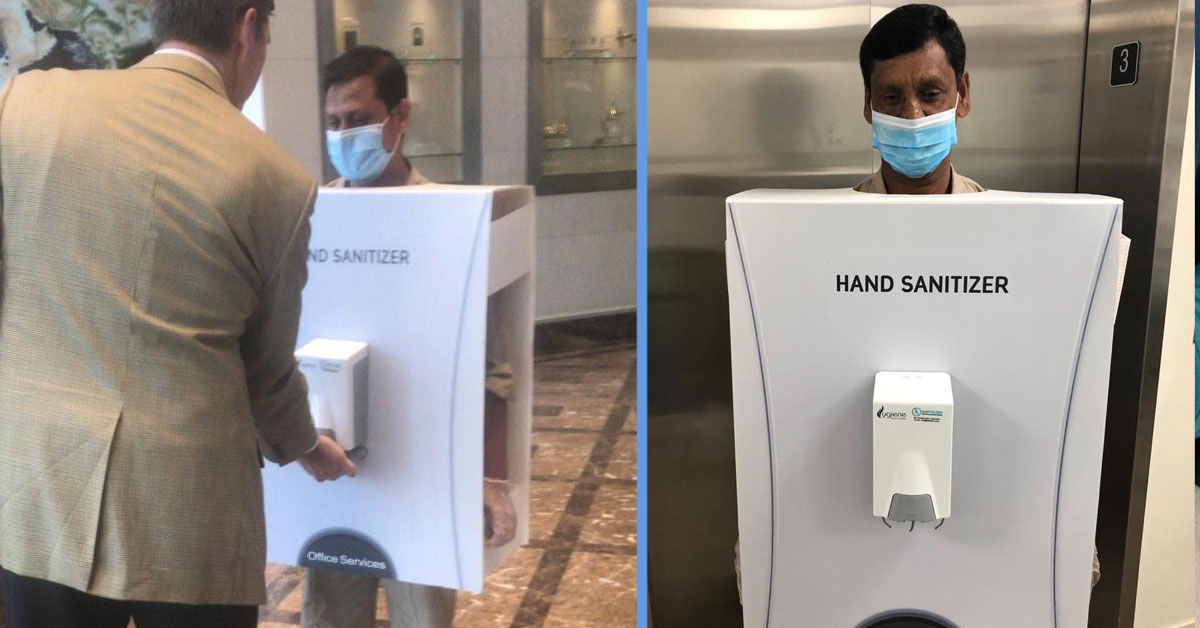Ombud—what?
If you’re completely clueless as to what an ombudsman is, don’t worry. We’ve got you.
According to the dictionary, an ombudsman is basically an official appointed to investigate individuals’ complaints against a company or organisation, especially a public authority.
Leon Perera from the Workers’ Party brought it up during his speech in Parliament, where he suggested the possible employment of one, because, you know, if not, “quis custodiet ipsos custodes”, right?
PS. If you have no idea what I just said, it means, “who watches the watchers?”
Well, let’s just say that Home Affairs Minister K Shanmugam didn’t agree with the suggestion very much.
And here’s why.
It’s Unnecessary in Singapore
Yeah. That’s basically the main reason.
In his response, Shanmugam urged everyone to think about the “structure” in Singapore.
“If there is wrongdoing by anyone, whether by a minister or civil servant or private sector person, there will be investigations and very few people doubt that… This Government has added checks on itself, which are very rare elsewhere,” he explained.
He also pointed out how the CPIB (Corrupt Practices Investigation Bureau) can directly consult the Prime Minister, or even the President if the Prime Minister is either the “possible subject of investigations” or if he “doesn’t want to do something”.
His words ah, not mine.
He also touched on Perera’s question as to whether or not the CPIB is skilled enough to handle these cases.
“My inference from that way of phrasing the question is therefore the agency, whichever agency it is, must replicate many parts of our law enforcement agencies, including our intelligence agencies, so that they can do this on a standalone basis,” he said.
He then mentioned how “it doesn’t make much sense” due to how impossible it is.
“How do you replicate, (and) at what cost, an entire investigative mechanism outside the government? he asked.
He also criticised Perera’s reference to New Zealand, saying that while their approach may seem very plausible, the approach is irrelevant to Singapore.
He also urged members to perhaps do their research before they cite various countries and their institutions as models.
Oof.
He further highlighted just how unfeasible the idea of having an ombudsman in Singapore is.
“Let me ask: You set up an ombudsman, with or without the full suite of resources and without any oversight from the Government, who then deals with misconduct by the ombudsman or the officers within that office?” he questioned.
In other words…who watches the watchers who watches the watchers?
He even added, “Mr Perera said during the Fica debate, “Quis custodiet ipsos custodes?”, if I recall correctly. For some reason, I think that phrase seems to have lost favour now. Who guards the guards?”
Big oof.
Apart from that, Shanmugam also seemed to reference the recent case involving former Workers’ Party MP Raeesah Khan, pointing out the irony of Perera quoting “Who watches the watchers”.
“Now, take a hypothetical situation—say, an organisation where the top leaders engage in wrongdoing or, for example, say they set up a disciplinary committee to cover up what they did rather than actually investigate, I think you can ask, ‘Quis custodiet ipsos custodes’. And if Mr Perera was part of any such organisation, we’ll be the first one to make such a point,” he rebutted.
Okay, he said hypothetical lah. But…
Join our Telegram channel for more entertaining and informative articles at https://t.me/goodyfeedsg or download the Goody Feed app here: https://goodyfeed.com/app/
He then drew the argument back to, you guessed it, Singapore’s system and how we do things.
He highlighted how there are many parties who can raise issues that they have with government officials and carry our investigations, such as the Auditor-General, Attorney-General, CPIB, police and more.
He also emphasised that “civil servants are obliged, if they think the minister is being wrong, to take it up to higher authority”, and that civil servants can “take it up all the way” if they feel that the party they have reported to is not treating the issue seriously.
“These civil servants are protected through the structure of the Public Service Commission, which in turn is protected through the fact that appointment cannot be interfered with willy-nilly by the Government,” he argued.
Shanmugam also threw out the point that setting up an ombudsman in Singapore would put unnecessary financial stress on Singaporeans, creating a burden for taxpayers.
He called the setting up of an ombudsman “an entire huge structure at the taxpayers’ expense”.
He further accentuated his lack of support for the suggestion, saying that he did not understand employing the use of an ombudsman “rather than having a proper legal process, including a complaint system, an independent investigation set-up, say, by the police with some outside people sitting on it, or through judicial review”.
After another exchange with Perera, Shanmugam repeated his point, saying, “One is, you replicate the entire resources, various parts of its own machinery outside, which makes no sense.”
He also brought up an alternative, which is that “the ombudsman uses the Government’s machinery”.
He concluded by saying, “I think Mr Perera overlooks, if he uses the machinery, those sit within the government, they sit within various ministries.
“And today, the very same agencies can report directly to the President, and I have explained how that is so. So I don’t understand what the argument is.”
So basically, the TLDR version of this entire conversation is that we already have an ombudsman within the government lah.
And also, who watches the watchers who watches the watchers?
Read Also:
- Nuclear Plant in Ukraine Now Safe After Russia’s Attack; Biden Urges Russia to Cease Military Activities As Well
- Edmund Chen Manages to Sell His NFT Painting for About $53,000
- S’porean Founder of Haidilao to Step Down As CEO after It’s Expected to Lose $820 Million in 2021
- MP Who Gave Suggestion of ‘Expiry Date’ for Degree Responds After His Suggestion Went Viral
- Government Responds to Question of When We Can Stop Using TraceTogether & SafeEntry
Featured Image: YouTube (CNA)



